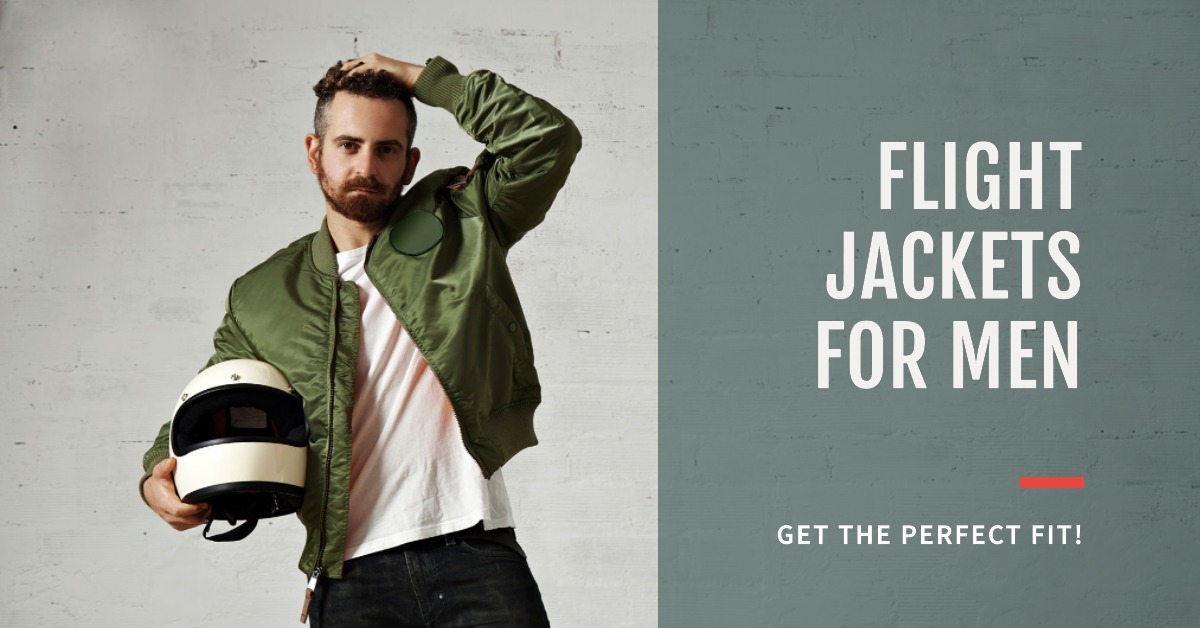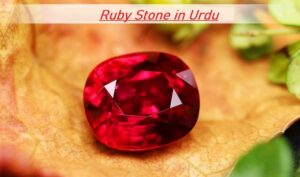
Flight jackets have been an iconic part of men’s fashion for decades. Their history, style, and versatility have made them a must-have wardrobe staple for many. From their origin in military aviation to their adoption by fashion enthusiasts worldwide, flight jackets have stood the test of time. In this article, we will explore the fascinating world of flight jackets for men, including their history, types, features, styling tips, and more. Whether you’re a fashion-conscious individual or simply intrigued by the allure of these jackets, this article will provide you with valuable insights into the world of flight jackets.
History of Flight Jackets
The history of flight jackets dates to the early 1900s when military pilots required specialized garments to withstand the harsh conditions of high-altitude flights. The first flight jacket, known as the Type A-1, was introduced in the 1920s and featured a button-up front, knit cuffs, and a waistband. It was made of horsehide leather, which provided excellent durability and insulation.
As aviation technology progressed, so did the design of flight jackets. The introduction of the Type A-2 jackets in the 1930s brought improvements such as a front zipper and a fur collar. This iconic jacket became synonymous with the heroic image of the aviator during World War II.
Types of Flight Jackets
Flight jackets come in various styles and designs, each with its unique features and characteristics. Let’s explore some of the most popular types of flight jackets:
A. Bomber Jackets
Bomber jackets, also known as the Type B-3 and Type B-15 jackets, are classic flight jackets known for their waist-length cut, ribbed cuffs, and waistband. They often feature a fur collar for added warmth and style. Bomber jackets are versatile and can be worn in both casual and semi-formal settings.
B. MA-1 Jackets
The MA-1 jacket, introduced in the 1950s, revolutionized flight jacket design. It replaced the fur collar with a knit collar and cuffs, making it lighter and more comfortable. The MA-1 jacket also introduced the reversible feature, with one side being a bright orange for increased visibility during emergencies.
C. A-2 Jackets
The A-2 jacket is a timeless classic that originated during World War II. It features a button-up front, shirt-style collar, and knit cuffs and waistband. A-2 jackets are typically crafted from high-quality leather, which gives them a rugged and vintage appeal. They are favored by aviation enthusiasts and those seeking a nostalgic look.
D. G-1 Jackets
The G-1 jacket, also known as the Navy flight jacket, has its roots in the naval aviation community. It is characterized by its distinctive fur collar, button-up front, and ribbed cuffs and waistband. G-1 jackets are often made from goatskin or cowhide leather, providing durability and a classic aviator aesthetic.
Features of Flight Jackets
Flight jackets are designed with specific features that make them practical and comfortable for pilots and fashion enthusiasts alike. Some common features include:
- Warmth: Flight jackets are insulated to provide warmth in colder temperatures. The materials used and the addition of features like fur collars or knit cuffs contribute to their excellent insulation properties.
- Durability: Flight jackets are built to withstand the rigors of flight and outdoor activities. They are often made from high-quality leather or durable fabrics, ensuring longevity and resistance to wear and tear.
- Functionality: Flight jackets typically have multiple pockets, both inside and outside, allowing for convenient storage of small items. This practical design element adds to their functionality and utility.
- Water Resistance: Some flight jackets are designed to be water-resistant or have additional features like removable liners or hoods to provide protection against rain or snow.
Materials Used in Flight Jackets
Flight jackets are crafted from a variety of materials, each offering its unique characteristics and style. The choice of material can impact the jacket’s appearance, durability, and performance. Common materials used in flight jackets include:
- Leather: Leather is a classic choice for flight jackets, known for its durability, timeless appeal, and ability to provide excellent insulation. Common leather options include cowhide, goatskin, and horsehide.
- Nylon: Nylon is a lightweight and versatile material used in modern flight jackets like the MA-1 and CWU-45. It offers durability, water resistance, and a sleek, contemporary look.
- Polyester: Polyester is another synthetic material often used in flight jackets. It is known for its durability, wrinkle resistance, and ability to retain color well.
- Cotton: Cotton flight jackets provide a more casual and relaxed aesthetic. They offer breathability and comfort, making them suitable for milder climates.
How to Choose the Right Flight Jacket
When selecting a flight jacket, it’s essential to consider several factors to ensure the perfect fit and style. Here are some key points to keep in mind:
- Purpose: Determine how you plan to wear the flight jacket. Are you seeking a functional outerwear piece or a fashion statement? This will guide your choice of style and materials.
- Size and Fit: Pay attention to sizing guides provided by the brand and consider your body type. Flight jackets typically have a slightly loose or relaxed fit, allowing for layering.
- Style Preference: Decide on the style that resonates with your personal taste. Do you prefer a classic and rugged look, or a more modern and sleek design?
- Material: Consider the material that suits your needs and preferences. Leather offers durability and a timeless appeal, while nylon or polyester provide lightweight and versatile options.
- Budget: Determine your budget range and explore brands that offer quality jackets within that range. Remember that a well-crafted flight jacket can be a long-term investment.
Read More: Best Mens Aviator Jackets For 2023
Styling Tips for Flight Jackets
Flight jackets are incredibly versatile and can be styled in various ways to create distinct looks. Here are some styling tips to make the most of your flight jacket:
- Casual Cool: Pair your flight jacket with a simple white t-shirt, slim-fit jeans, and classic sneakers for an effortlessly cool and timeless casual outfit.
- Smart Casual: Dress up your flight jacket by layering it over a button-down shirt, tailored chinos, and leather boots. This combination strikes the perfect balance between smart and relaxed.
- Street Style: Embrace a streetwear aesthetic by teaming your flight jacket with a graphic t-shirt, distressed jeans, and high-top sneakers. Add some accessories like a beanie or a cap to complete the urban look.
- Layering: Take advantage of the versatility of flight jackets by layering them with other pieces. Pair your jacket with a hoodie or a sweater for added warmth and style during colder months.
- Contrasting Textures: Experiment with contrasting textures to create visual interest. Combine your leather flight jacket with a chunky knit sweater or a flannel shirt for a rugged yet refined look.
- Accessorize: Enhance your outfit by adding accessories that complement the flight jacket. Consider a classic aviator watch, a stylish scarf, or a pair of sunglasses to elevate your overall look.
- Color Coordination: Pay attention to color coordination when selecting your flight jacket. Opt for neutral tones like black, brown, or olive green for versatility, or make a bold statement with a vibrant colored jacket as a focal point of your outfit.







